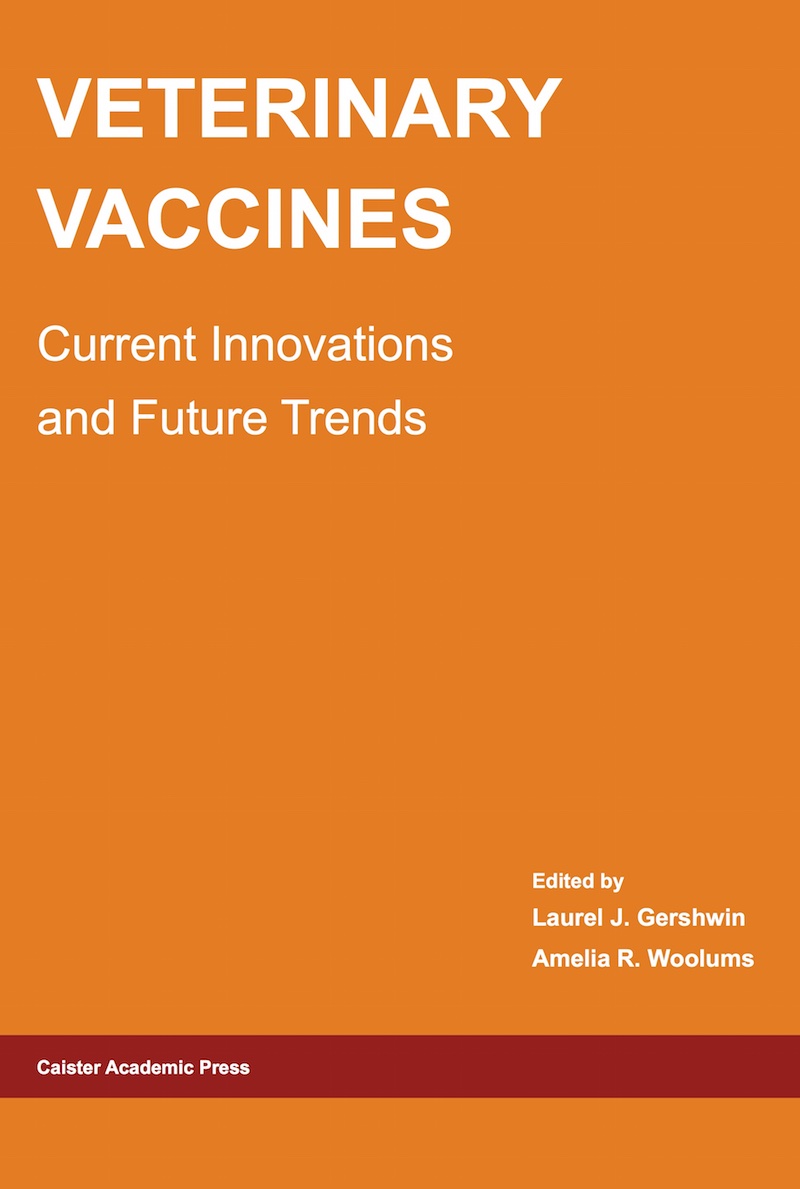Foodborne Pathogens
Foodborne Pathogens
Foodborne Pathogens: Foodborne pathogens are the leading causes of illness and death in less developed countries killing approximately 1.8 million people annually. In developed countries foodborne pathogens are responsible for millions of cases of infectious gastrointestinal diseases each year, costing billions of dollars in medical care and lost productivity. New foodborne pathogens and foodborne diseases are likely to emerge driven by factors such as pathogen evolution, changes in agricultural and food manufacturing practices, and changes to the human host status. There are growing concerns that terrorists could use pathogens to contaminate food and water supplies in attempts to incapacitate thousands of people and disrupt economic growth. Fuelled by these concerns research into the genomics, molecular biology and microbiology of the most important foodborne pathogens has escalated to unprecedented levels in recent years.
Foodborne Pathogens Book
Further reading
- MALDI-TOF Mass Spectrometry in Microbiology
- Climate Change and Microbial Ecology: Current Research and Future Trends
- Gas Plasma Sterilization in Microbiology: Theory, Applications, Pitfalls and New Perspectives
- Flow Cytometry in Microbiology: Technology and Applications



